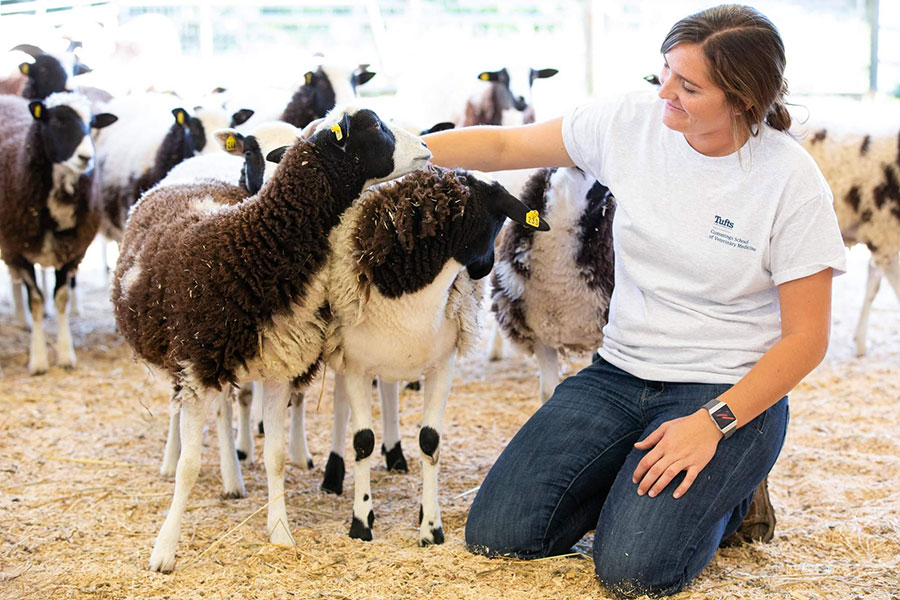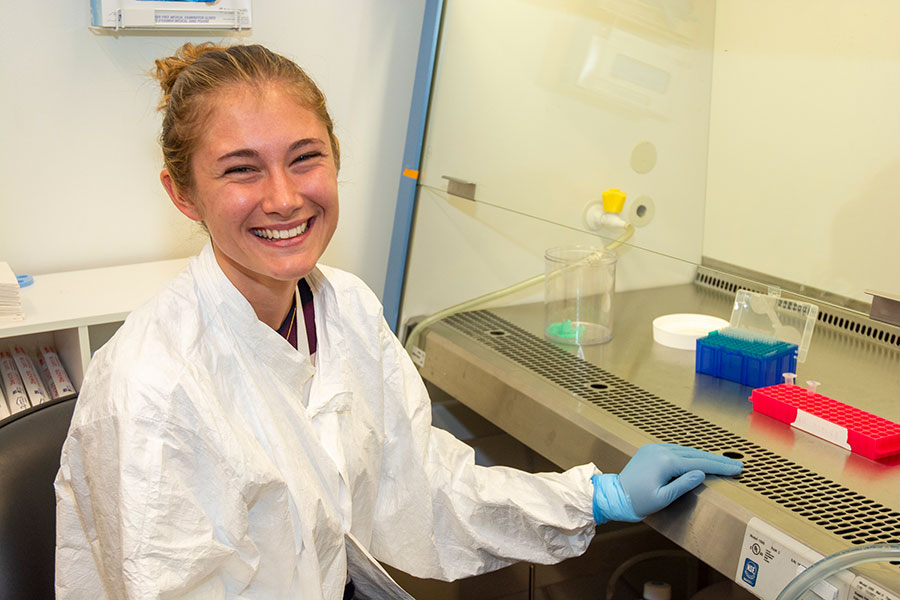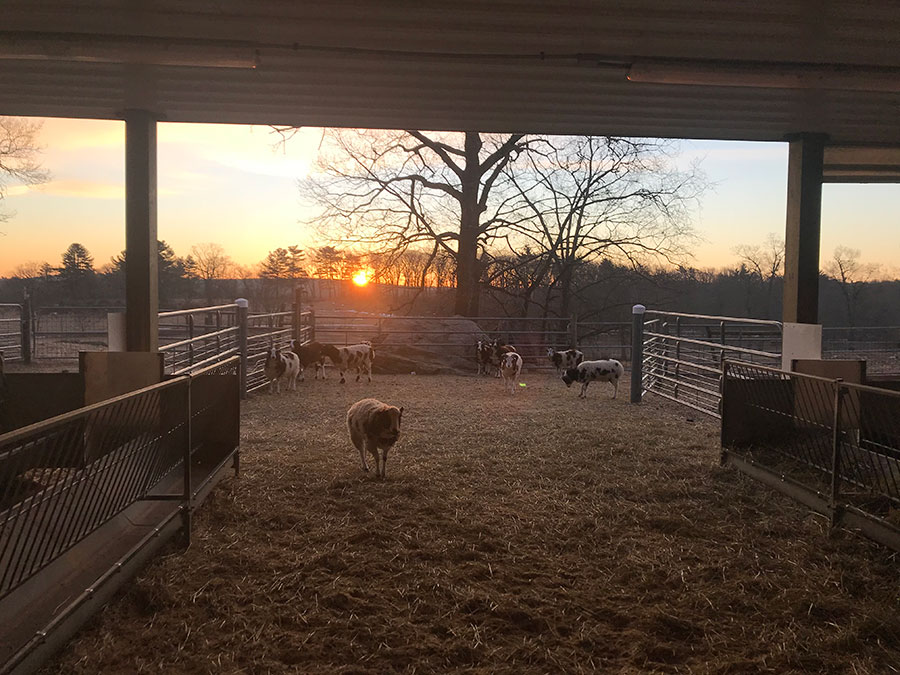Human Genetic Disease Modeling Core
An essential resource for the research community
Large animal models are critical to translational research, yet barriers exist in the shortage of naturally occurring animal models as well as in the lack of access to and development of existing models. Our lab, with extensive support from the UMass Chan Medical School, is spearheading an effort to meet this need. The Human Genetic Disease Modeling Core is recently established and specializes in the development and use of large animal models of human diseases, with a particular focus on neurologic diseases that may be amenable to gene therapy. The Core focuses on the acquisition, generation, characterization and maintenance of large animal models of human genetic disease. Our vision is to accelerate preclinical research toward the clinic through creating critical new models of disease beyond our existing large animal models, increasing the availability of existing models, and fostering collaborations with investigators and industry on a local, national and international level.
 The Core merges medical and veterinary expertise through an existing collaboration between the UMass Chan Medical School Horae Gene Therapy Center and Tufts Cummings College of Veterinary Medicine.
The Core merges medical and veterinary expertise through an existing collaboration between the UMass Chan Medical School Horae Gene Therapy Center and Tufts Cummings College of Veterinary Medicine.
The Core focuses on barnyard animals such as sheep, goats, pigs and cows. To this point, large animal models have been largely represented by nonhuman primates and companion animals such as dogs and cats. While these models are invaluable to scientific and translational progress, both investigators and the greater public have become increasingly uncomfortable with the use of such models in scientific research. Our primary focus will be on the development of large animal models in livestock species such as sheep, goats, cows and pigs.
 Acquisition Of Large Animal Models
Acquisition Of Large Animal Models
The Core will provide access to existing large animal models that have been fully characterized but are not widely available, as well as acquiring and characterizing new models from outside investigators. Collaborators from the United States, Australia and Europe have been maintaining both naturally occurring and genetically modified models of human disease for decades. We plan to collate all existing models of human disease that have been preserved around the world and freely share these models for study and therapeutic translation with collaborators.
Generation Of Large Animal Models
Until recently, investigators have been limited to naturally occurring animal models. With the advent of CRISPR, an exciting opportunity is presented to create new models “on demand”. We have established a team of physicians, veterinarians and CRISPR experts to use state of the art technology not only to create large animal models now, but also evolve with the field over time to generate more difficult models of disease. This interdisciplinary collaboration will help ensure that models with clinically relevant mutations are generated.
Characterization Of Large Animal Models
One of the inherent strengths of our approach is the merging of medical and veterinary experts in the study and phenotyping of these models. This collaboration ensures that clinically meaningful information will be collected in the animals during natural history studies and testing performed on the animal models is appropriate for the species being studied. Phenotyping is tailored for each disease through the use of veterinary physical/neurologic examination, behavioral testing, cognitive testing, electrodiagnostic testing, high field MRI, CT, ultrasonography, echocardiography, pulmonary function testing, fluid testing (CSF, blood, urine), etc. These findings will be correlated with postmortem histopathologic analyses by veterinary and human pathologists and biochemical assays. Tissues, fluids and electronic datasets will be banked for use in future therapeutic or translational studies.
 Maintenance Of Large Animal Models
Maintenance Of Large Animal Models
Our goal is to preserve animal models in multiple locations both nationally and internationally. Breeding colonies will be maintained at the minimum level domestically as well as cryopreserved at multiple locations to prevent catastrophic loss. Collaborators will have access to the models allowing studies to be performed at multiple locations, further facilitating expansion.